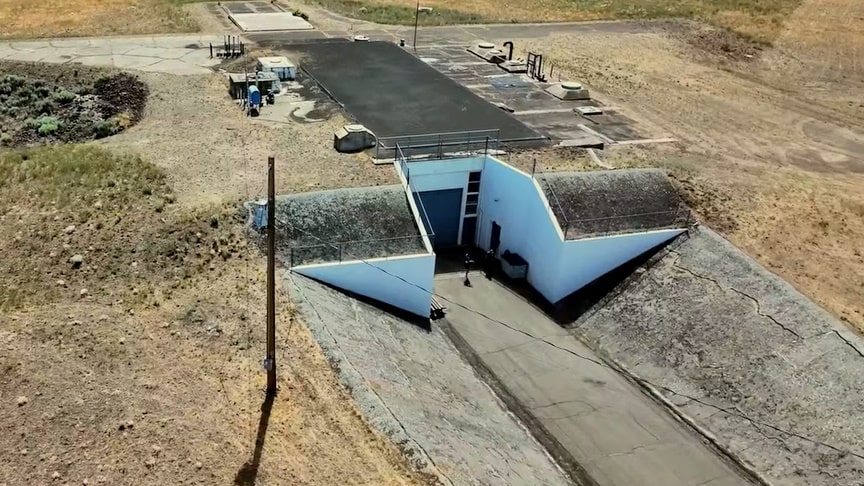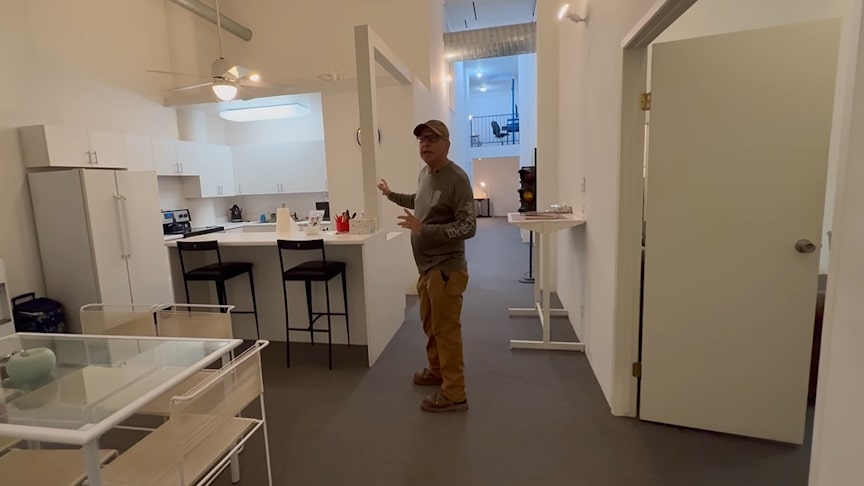In the early 1990s, retired engineer David McIntyre bought what most people would see as an empty underground shell: a decommissioned Atlas E missile silo just outside the tiny town of Sprague, Washington (population 525). Where others saw a relic of the Cold War, McIntyre saw the challenge of making a home deep underground.
source.image: Kirsten Dirksen
McIntyre wasn’t a doomsday prepper—just fascinated by the challenge of subterranean living. Over the decades, he transformed the silo into a two-bedroom home, complete with a kitchen, storage rooms, a recreation area he called the “green room,” and dreams of turning the missile flame pit into a swimming pool.
source.image: Kirsten Dirksen
With no guidebook to follow, he figured out how to carve pathways through thick concrete walls for wiring and plumbing, and even built his own homemade elevator to connect the subterranean world with the open prairie above.
Advertisement
Originally built in the early 1960s as part of the 567th Strategic Missile Squadron, this Atlas E site was one of only 27 constructed nationwide. Designed to withstand nuclear blasts and protect intercontinental ballistic missiles, it remained active for just four years before being decommissioned as missile technology quickly advanced. Decades later, McIntyre gave the space an entirely new purpose—not as a weapon of war, but as a home carved out beneath the eastern Washington plains.
Today, his daughter and son-in-law live here, surrounded by the reminders of both Cold War history and McIntyre’s ingenuity. His son-in-law, Tom, gave us a tour of the massive subterranean space.












